Svanholm selvforvaltning
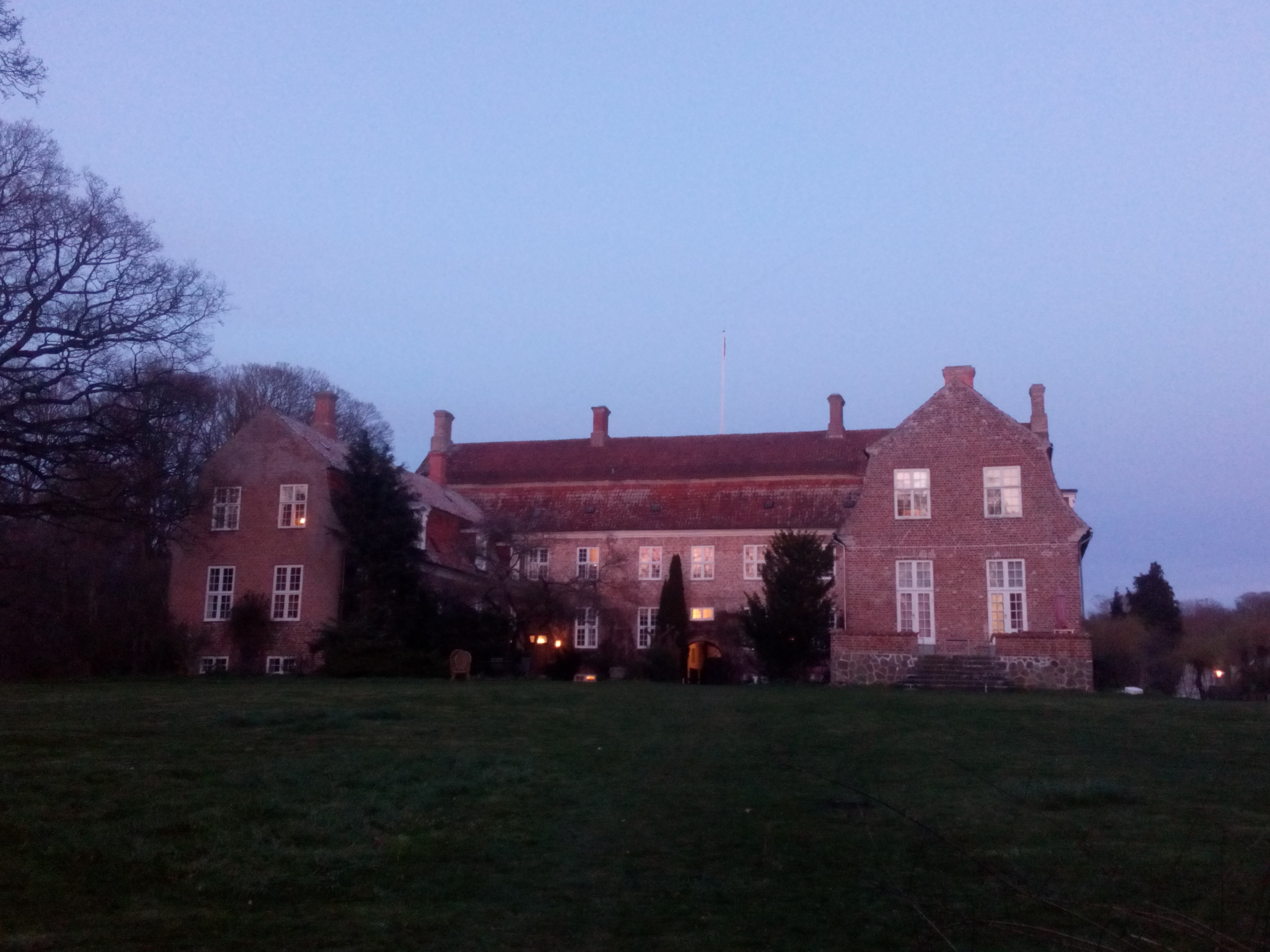
So, here I am, its my first time in Denmark and I am wondering why I didn’t get here sooner! After spending a few days exploring Copenhagen with a lovely friend and two weeks now at Svanholm I have to say, I really am loving and appreciating my experience of Denmark, the Danes and Danish way of life. It is the groundedness of the people and the commitment to social good that really inspires me. There is something in this Northern European nation that feels like home for me; I have ideas for many blogs that I hope to share about my experiences, that I feel can really inspire better ways of living! To start with I want to share a little about the community that I have been living in.
Views from the entrance way to my current home: the original manor house now divided into spacious apartments and home to some of the Svanholm community and volunteers.
Svanholm Gods (Svanholm Manor) is 60km west of Copenhagen on the island of Sealand. It is on 415 hectares of land divided into: 230 ha of arable farming, 130 hectares of forest and 55 ha of land for buildings, amenity areas and lakes etc. In 1978 a large collective was formed here to take ownership of the Svanholm estate and today it is home to about 85 adults, 50 children and a varying number of guests and volunteers.
The main manor house still stands along with outhouses and barns and many houses out on the land and near neighbouring villages. The manor house is U-shaped with an arched entrance way and two wings of accommodation divided up into beautiful spacious apartments. The volunteers’ quarters are in the lower level of this building and I find it a beautiful building to live in; from my room I can hear birdsong and have access to the forest and am just a few minutes walk to the main kitchen. The main kitchen is located in one of two long barn buildings one of which would originally been used for housing cattle and the other for animal feed. They sit perpendicular to the main house and all together form the heart of the community: a large approx. 50 x 300metre, walnut lined grassy social space that the dining area looks out onto. It is where the children play, where we all eat on sunny days and it’s the place where everyone passes through on the way to anywhere else. It’s the hub of the community. Accommodation for the community is in refurbished houses and converted barns and in the old thatched houses out on the land. The working farmyard consists of mostly existing and some new barns and buildings for the shop, livestock, machinery, vegetable packing, equipment and food storage and spaces for the various working groups forming the working farm.
Views of the ‘hub’ of the community: the open space between the old manor and the two barns.
The collective is made up of people from a variety of different nationalities and from all walks and stages of life, without any specific common political, religious or spiritual ideology. Within its formation the collective is very clear that they don’t hold any spiritual or religious beliefs but everyone is free and welcome to practice their own faith. It was formed around common ideals of ecology, income sharing, communal living, and what the Danes call “selvforvaltning”, which is a concept that is rooted in modern Danish culture and is used in the development of educational and management ideas; it represents the idea of stimulating people to be more involved in decision-making and feeling responsible for the outcome. There isn’t an equivalent English word for it but it is most closely described as self-governing. The Svanholm estate today is operated solely under ecological principles, all of its members are limited partners and are members of the board, and all decisions are made collectively by consensus.
“We wanted a direct influence on decisions that concerned our own lives. We wanted to do as we pleased and do some of those things that simply can’t be done” because “it’s absolutely unrealistic” and “besides, there’s no money in it”. We think this “selvforvaltning”, this maximizing our influence on decisions concerning our own lives, should never be put into practice at the expense of others. Nor should it be at the expense of nature. Ideally, we should manage our use of resources so, that we don’t use more than we give – that’s the goal we’re working towards. Sustainability, both on an environmental level and on a human scale.” [Translated from the Svanholm website: svanhom.dk].
The main business of the collective is organic farming including arable, livestock and forestry. Also vegetables grown on the farm sold in the shop and to local food co-operatives and restaurants. They offer varying course in painting and while I was there in Permaculture, as part of a new permaculture project that has started on a site on the land by a small group who grew up in the community. The community also welcomes day visitors and offers guided tours and lectures.
One of the community houses and a view towards Svanholm showing arable land
About half of the community work in service groups in the farm including: agriculture, horticulture, kitchen, building, accounting and administration. And half of the community work outside of Svanholm in various professions in nearby towns and cities. In addition to the collective members, there are also some employees from the local area in the various work groups along with students on work placements and long and short-term volunteers.
Due to its small scale and its self-governing policy, Svanholm demonstrates a very different, sustainable way of living in community: unlike many of the political systems that we live in: here there is a direct link between decisions made and actions that are carried out. One of the major self-governing decisions made in the community and one which I find fascinating and intriguing is around their agreed economic system: all members are seen as equal and on becoming a full member of the collective your capital (savings investments etc) and 40% of what you earn (either on the farm or outside) goes on taxes and 40% goes into the collective economy. So, you get 20% of your gross income back for your own use on ‘luxury items’. All of the members day to day necessities are provided for by the community: all food is provided through meals served in the main kitchen or food provided in the food stores for your own preparation, anything you might need such as cleaning, sanitation products etc; these are all bought in bulk and are available to the community. But for socialising, travel, chocolate (very important!) etc you pay for from your 20%. All members of the community have an equal say on how the collective part of the communities income is spent.
This is one of the major things that really makes Svanholm stand out from other eco-communities that I have visited. So far from my discussions, people seem to be really happy with this way of dealing with money, although it has been a reason for some people to leave in the past and of course there are challenges with this kind of economy. There are other communities around Europe that I have heard of that have a shared economy such as Sieben Linden in Germany where I may be travelling in June so I hope to be writing more on this topic as a I get a better sense of how it works.
Its interesting to experience life within a community that really and practically lives with strong social ideals; from my experience so far, although these ideas differ from much of main stream in their application, the community feels like any other, except for the fact that life here feels much more chilled out. People are still very much a part of their local area; they participate in community and the social life in the schools and local area, as well as in political parties, NGO’s and global movements. There is an open feeling of inclusion here and the community welcomes volunteers from all over the world and receives guests locally and from around the country to visit and to attend annual events that they host.
“Realizing some of our ideas of a better society at Svanholm can actually give us inspirations to formulate goals and strategies for the outside society for which we also feel a responsibility.”
Along with the shared economic system the major outstanding factor in Svanholm is the amount of land they have access to: 415 hectares in total with 230 ha of this being arable land that is used to cultivate grass and maize for the Svanholm herd of Jersey cows and their herd of sheep. The cows are fed indoors for about 6 months and indoors the other half, while the sheep are outdoors all year round…and seem very happy with that. It is lambing season as I’m here and we regularly visit the herd to see the new arrivals. Svanholm milk around 100 Jersey cows. The cows provide milk for community consumption and for sale locally and make their own (divinely gorgeous!) yogurt. On the land they also cultivate grains, green beans, potatoes, root vegetables and pumpkin along with an orchard and a greenhouse. In addition to arable land they have 130 ha of deciduous forest that fuels the heating system for the entire site from wood chips wood chips made from felled trees. And the forest also provides a source of food….. and this leads me on to my next section: which is strange for me to write as a vegetarian.
Within Svanholm they provide all of their own meat: the cows that have lower milk production are slaughtered for consumption, sheep, goats (yes the kids in the video in one of my previous blogs are for future dinners…) and rabbits are reared for their meat, the chickens that no longer produce eggs are not wasted but are also consumed and deer in the forests are culled each year and are also…. eaten. It sounds like they eat a lot of meat here at Svanholm, but there are weekly meat free days and there are about 15 vegetarians in the community. I don’t like the idea of killing animals, I haven’t eaten meat for almost 20 years have no wish to eat it at present, but I have to accept that there are many that want to eat meat and of all the ways to do it I feel that there is an honesty in knowing that animals have been treated well, fed well and killed humanely. I feel it creates a connection to your food that we can’t get otherwise. This is another big topic for discussion, along with the whole issue of maintaining a dairy herd. If you eat dairy products its good to know that to keep on producing milk cows need to keep on having calves and their calves are taken away from them almost immediately and calves milk harvested for our consumption. The male calves are sold to be fattened for the beef industry and the females enter the calf/milk production cycle. There are many areas for discussion here and I hope to get into them in another blog.
In self governing and decision making the community here is very clear that in their collective decisions on how they support the different working groups they do not look at the profitability of the group alone: they also look at the human and ecological factors that allow them to develop a richer and more sustainable life. So they openly allow for experiments and the taking risks and chances. This is a brave move, and from talking with one of the founding members it is interesting to hear how this openness to experimentation has helped in decision making: what they have learned is that thy can talk about decisions or they can experience them…and through experiencing experimental ideas for a few weeks or months everyone gets a greater sense of what they are about.
Challenges invariably arise from living and working together and sharing so closely but the community agree that the shared economy brings them closer together as a community, and allows them to see what they have in common more than how they differ. Of course there are differences but there is a culture of acceptance here, of the fact that peoples needs and capacities vary.
So life here for me: as a volunteer I felt so welcome and part of the community immediately. All volunteers (there are 6 of us at present) live in the basement of a wing of the old manor house. We have rooms to ourselves, which I just love after sharing for the last few months and we share a kitchen for preparing meals. We live like all the members of community sharing all that we need; this is still quite a wild concept for me… If you want shampoo or soap or cleaning products they are bought in bulk and available to the community in storehouses. We get seeds and bread, milk and rice milk tea vegetables and everything we need all from the kitchen stores – as it stand after week two I still feel a little like a thief when I go in and get food for our volunteers kitchen. But I think I could very easily get used to this way of life…
My current place of work: ‘The wall” and my very Danish bicycle
I am working in the building group and am currently painting patching and plastering the LARGE walls of the existing barns: I’m learning to work with lime: which is a wonderful old building materials and is all locally sourced. I work Monday to Friday 8am to 3pm and like all others I help with cooking dinner once a month and do community washing up twice a month. We always prepare our own breakfasts while lunch is prepared in the main kitchen Monday to Friday and dinners are prepared most days except Wednesdays when we find creative ways to cook in groups!
I have to admit that I am living a dream of mine here: in a really holistic sustainable community: they provide most of their own food, they generate their own electricity, they have their own water supply and they treat their own waste water, they provide their own heating from wood from their forests. I have a room to myself, a bicycle provided for freedom, access to forests and wonderful nature and a 20 cycle to the sea!
And, of course, it is not perfect: I would love to speak Danish. I am picking up some words or at least learning some pronunciation. Language isn’t actually too much of a barrier as pretty much every one here speaks English and all are really very friendly. I have yet (honestly) to meet a Dane that I do not like. One of my big passions is dancing and its not something that happens here..yet…. I miss it a lot to be honest so, I may teach a Movement Medicine class or two, but I’m still testing the waters. So I am missing dancing with others and I am missing my own creative practice. I have a large room and I keep up my own daily dance and meditation practices and I have done a little painting/drawing but I am yearning for the space of my studio and my store of wonderful art materials. In order to maintain my meditation practice I’ve become quite an early bird: getting up at 6am is now normal for me to have time for myself before starting work at 8am.
Perhaps it is because Svanholm reminds me of the land I grew up on in Wexford: our house was built on a site that was part of my grandfathers dairy farm, so farming life was familiar to me. Perhaps it is because of the land, or the farm or the familiar smells of the countryside or the down to earth nature of the people here or the honesty, or our warm family of volunteers or friendliness and ease in the place but I feel at home here. There isn’t a sense that life is perfect; I don’t feel like we’re in any kind of bubble, there are open connections to life all around, there are children crying and shouting and there is noise from farm machinery and there are issues around money and the strain of a limited budget for luxury items and I am challenged by the rearing of animals for meat but there is a sense of grounded ease. As far as creating a different way of living goes this is as close as I have come so far to my ideal eco-community – living off the land, having space and access to nature, access to a great city for culture (Copenhagen is wonderful) cooking, cleaning, eating and sharing together….and I would add dancing together and a lovely dance space… and an art studio… 🙂
I am feeling immensely grateful for this journey: for the window into inspiring ways of living that I have only dreamed about. More on all of this anon.
Views of the land and lakes in the evening
Relevant Links
http://www.svanholm.dk/index.php?id=16
My project of exploring community is fully supported by my creativity through the sale of my art and through community support by crowd-funding. If you would like to support me on this journey you can check out my art on www.sineadcullen.com or make a donation on my Crowd funding https://www.gofundme.com/LetsCreate






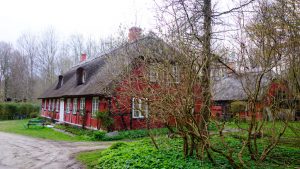
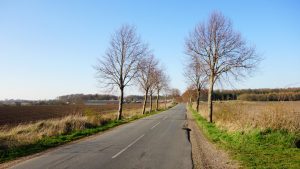

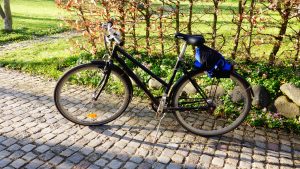

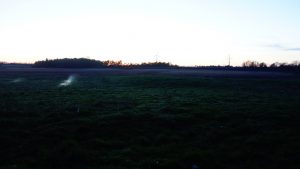
Recent Comments